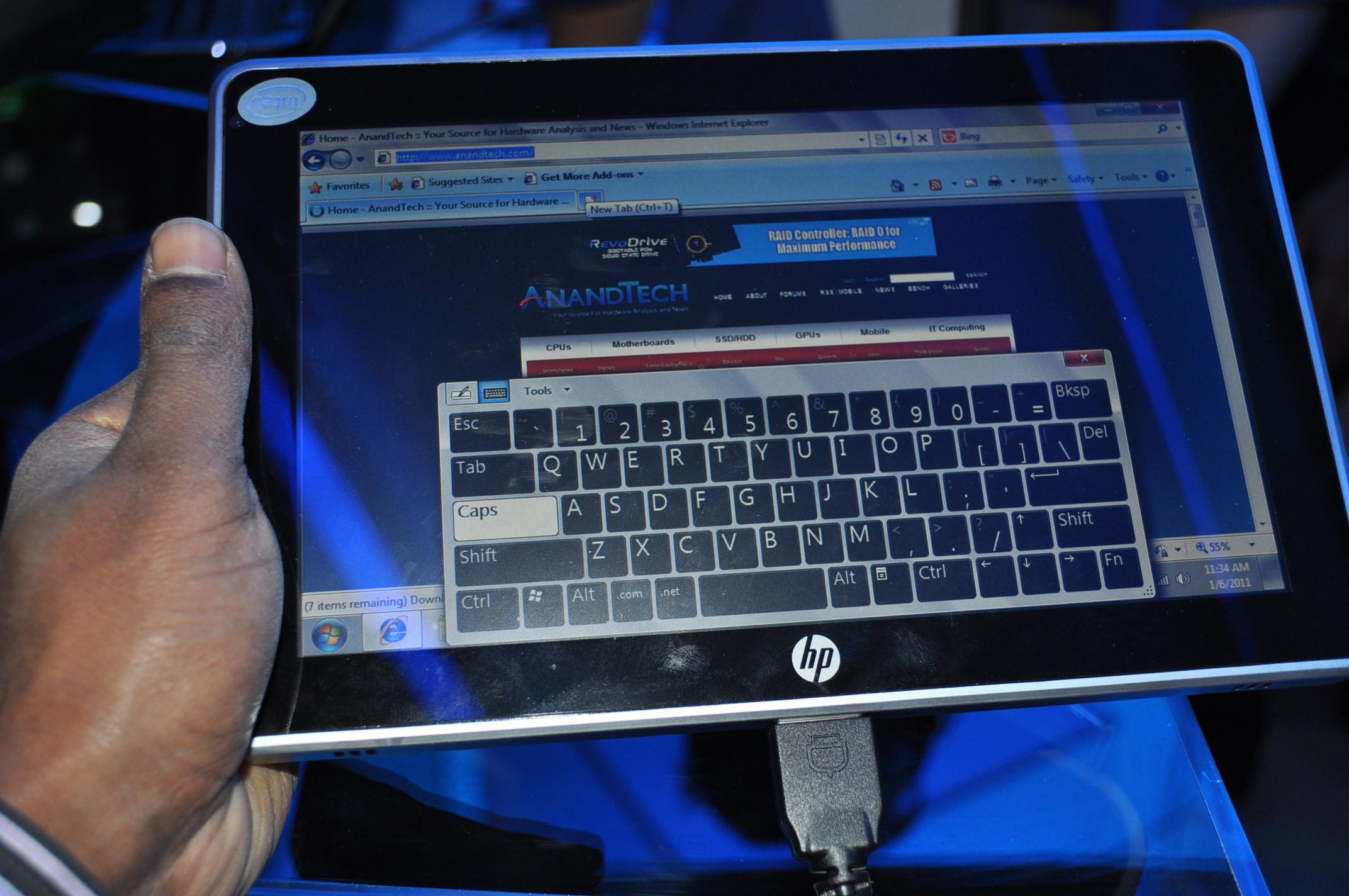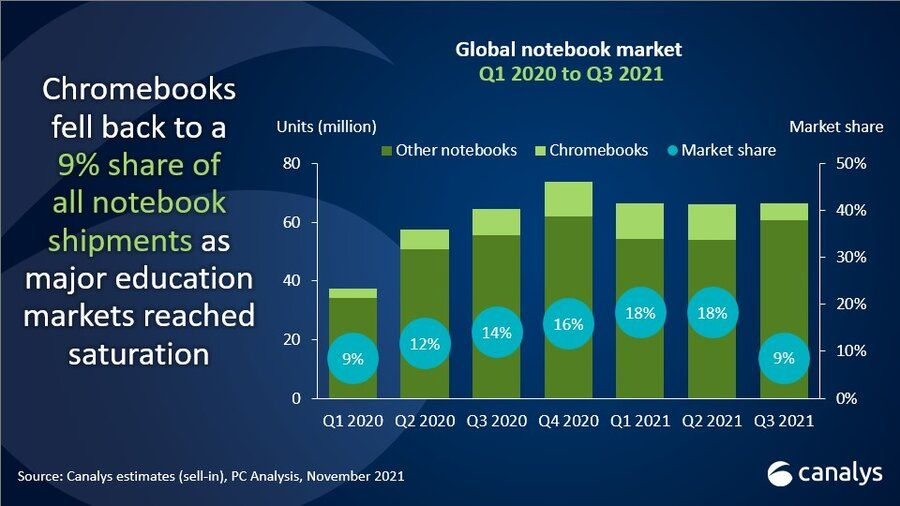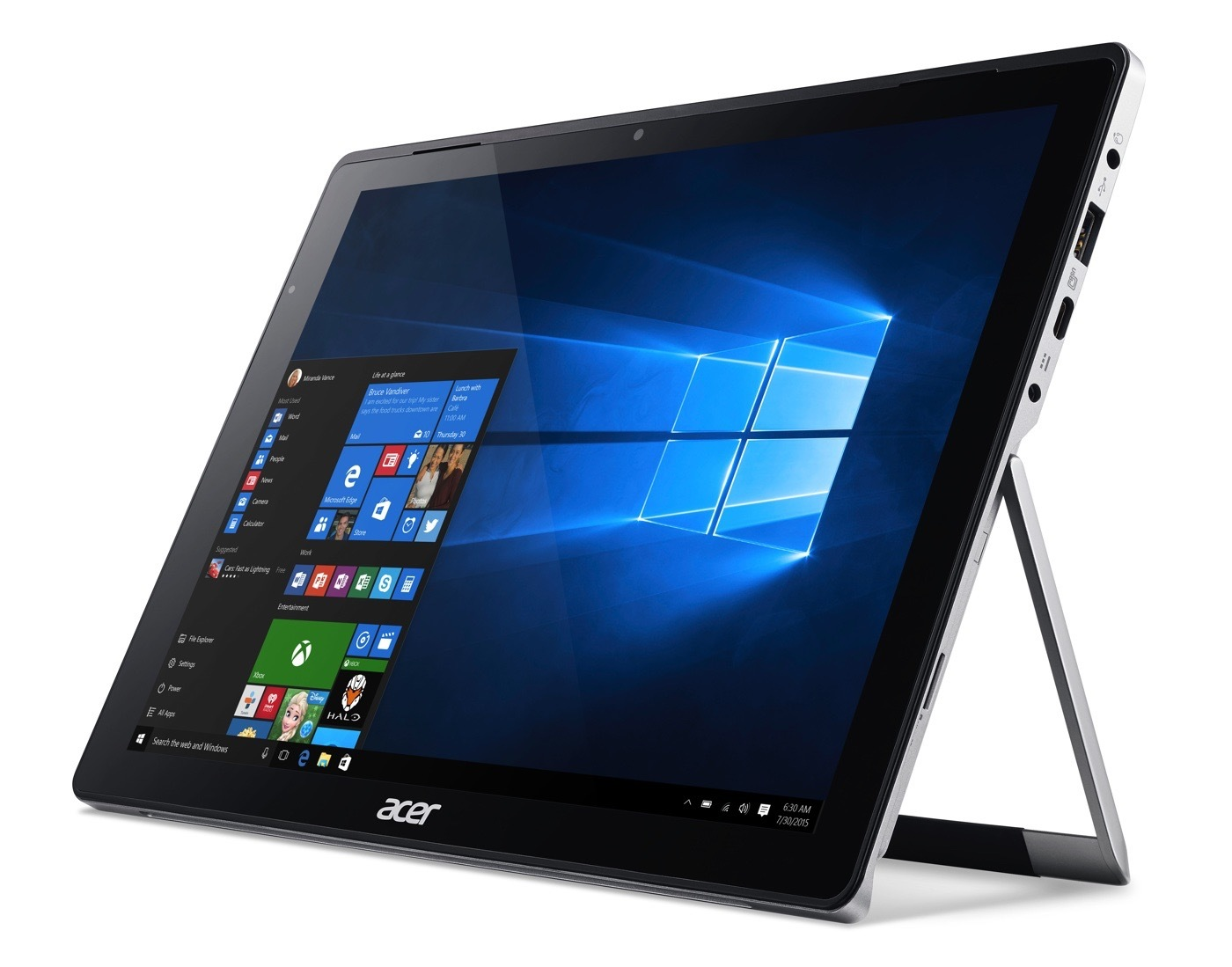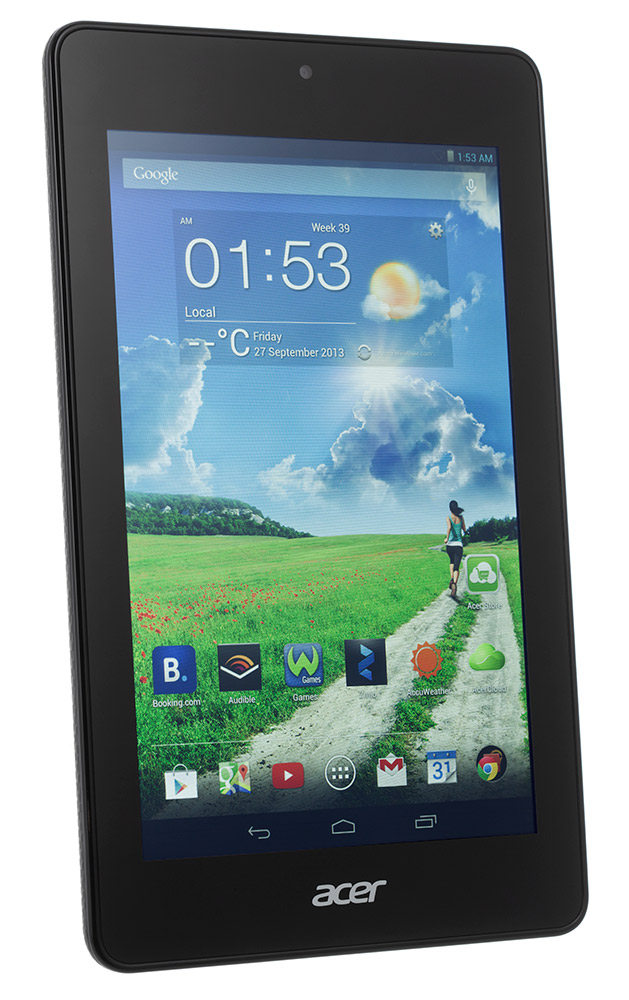Windows RT, Microsoft’s foray into the tablet operating system landscape, remains a point of contention in the tech world. Despite the nearly billion-dollar write-off on its Surface RT devices, Microsoft shows unwavering dedication to this platform, positioning itself as a lone supporter amid waning enthusiasm from other manufacturers. The company’s recent strategies, including significant price cuts and a focus on promoting the Surface RT, aim to invigorate interest in the underwhelming tablet market. While many OEMs shy away from creating Windows RT devices, citing poor sales and unclear communication of its unique features, Microsoft stands firm, asserting its commitment to the RT ecosystem. With an estimated 6 million unsold tablets, the challenge is enormous, but Microsoft is determined to redefine the perception of Windows RT and boost adoption among users looking for alternatives to traditional tablets.
The concept of Windows RT represents Microsoft’s distinct approach to mobile operating systems, targeting a niche within the wider tablet landscape. Often seen alongside the Surface RT and other devices branded under Microsoft Surface, RT tablets integrate a customized version of Windows for ARM architecture, diverging from the conventional Windows experience many consumers expect. Despite facing stiff competition and skepticism, Windows RT has its unique appeal, especially for users seeking a balance between productivity and mobility. As Windows 8.1 emerges, the renewed focus on RT presents both opportunities and challenges, especially in clarifying the operating system’s capabilities to consumers. Ultimately, while the market landscape appears daunting, Microsoft’s ongoing commitment to its RT offerings could pave the way for innovation and renewed interest in this segment.
The Commitment to Windows RT
Microsoft’s unyielding commitment to Windows RT is quite remarkable, especially in light of its recent struggles. Despite incurring a staggering $900 million loss due to surplus Surface inventory, the tech giant remains devoted to supporting Windows RT and its associated devices, like the Surface RT. Brian Hall, Microsoft’s General Manager of Surface Marketing, has publicly stated that the company sees significant potential in the RT platform going forward. This shows Microsoft’s belief that with the right strategies, including affordable pricing, they can spark renewed interest in the tablet market for Windows RT devices.
Other manufacturers, however, have not shared this confidence. Companies such as Asus, Acer, and Lenovo have either halted, scaled back, or completely abandoned their RT tablet efforts. This leaves Microsoft in a precarious position, being one of the last major advocates for the RT operating system. The commitment shown by Microsoft serves as a double-edged sword; while it underscores their determination, it simultaneously signifies their isolation in a rapidly changing tech landscape where other OEMs are withdrawing from the RT segment completely.
Challenges Facing the Surface RT
The Surface RT has faced numerous challenges since its inception in a market dominated by iOS and Android devices. One of the biggest hurdles has been consumer confusion surrounding the differences between Windows RT and Windows 8. Analysts have noted that the marketing around Windows RT has not effectively communicated its value proposition, leading to lackluster sales figures. With IDC reporting only 200,000 sales of RT tablets in a pivotal sales quarter, it’s clear that consumers have struggled to grasp the benefits of a device that runs Windows RT.
Additionally, fluctuating perceptions about the underlying operating system contribute to the Surface RT’s woes. With Microsoft investing in a price drop strategy to boost sales, the company is betting on the consumer’s willingness to embrace the product at a lower cost. However, this approach raises concerns about the perceived value of the Surface RT compared to its competitors and the broader category of Windows tablets powered by Windows 8.1, which are becoming increasingly popular among users.
The Landscape of the Tablet Market
The tablet market is incredibly competitive, with major players like Apple and Android devices dominating sales and consumer preference. Microsoft’s position in this market is further complicated by its commitment to Windows RT, which has seen waning interest from other manufacturers. As they pull away, Microsoft finds itself almost singularly focused on making the Surface RT a viable option for users. The tablet market has shown a preference for devices that run on the more recognized Windows 8.1, presenting Windows RT with an uphill battle.
In an environment where OEM partners are retreating from Windows RT, Microsoft must consider its approach carefully. The tech giant’s strategy revolves around leveraging the Windows ecosystem while simultaneously trying to carve out a niche for the Surface RT. This is a delicate balancing act where success may hinge on Microsoft’s ability to effectively market Windows RT and prevent further erosion of consumer interest.
Consumer Perception of Windows RT Tablets
Consumer perception of Windows RT tablets like the Surface RT is pivotal to their success. There is a notable knowledge gap regarding what Windows RT represents in relation to Windows 8 and how it fits into the broader tablet market. As major analysts have pointed out, Microsoft’s struggle to define Windows RT clearly has left consumers bewildered. Without a solid understanding, they tend to default toward more familiar platforms, which dominates the marketplace, pushing the Surface RT further into obscurity.
This consumer confusion has led to skepticism about the value of investing in a Windows RT device. As a result, Microsoft’s efforts to boost sales through price cuts may not be enough without a comprehensive marketing strategy that effectively communicates what makes Windows RT advantageous. The clear distinction between Windows RT and traditional Windows OS is crucial, especially as competing tablet solutions continue to gain traction, thus raising the stakes for Microsoft to engage and educate potential buyers.
The Role of Price in Boosting Demand
The recent price reduction of the Surface RT to $350 is an intriguing maneuver by Microsoft aimed at stimulating demand for RT tablets. By making their offering more affordable, the hope is to entice both consumers looking for budget-friendly options and those who may have been deterred by higher price points. This could potentially turn the tide for Windows RT products in the saturated tablet market, encouraging users to explore devices they may have previously disregarded.
However, it’s important to recognize that while price can influence purchasing decisions, it is not a silver bullet. The effectiveness of this strategy strongly relies on how well Microsoft communicates the value of the Surface RT and what differentiates it from other tablets. As noted by experts in the field, simply lowering the price without addressing the existing perceptions surrounding Windows RT could lead to another missed opportunity. Maximizing the impact of the price cut thus requires a well-rounded approach that emphasizes the unique features of Windows RT technology.
Impressions from Industry Experts
Industry analysts have been particularly frank regarding the outlook for Windows RT and devices such as the Surface RT. Mixed reviews have highlighted the uphill battle Microsoft faces in gaining traction in the tablet market. While the company remains resolved, insights from professionals like Mike Abary and Patrick Moorhead indicate a steep challenge ahead. The demand for compelling reasons for consumers to choose Windows RT over more established platforms must be a priority, as existing skepticism only compounds the difficulties faced by the tablet.
In contrast, there are those who believe that Microsoft’s resilience could lead to breakthroughs if the right strategies are employed. The push for a more significant presence in the tablet sector may draw attention to the unique aspects of the Surface RT that set it apart from competitors. The endorsement from insiders who recognize the potential of Windows RT might provide the backing needed to shift market perception, but it remains contingent upon the execution of innovative marketing and product messaging.
Future Prospects for Windows RT Devices
Looking ahead, the future of Windows RT devices hangs in the balance. Microsoft’s decision to double down on the Surface RT operation suggests a desire to create a lasting presence in this segment of the tablet market. However, industry observers remain uncertain about what that future will look like, especially considering the limited number of competitors still in the game. Microsoft’s prominent role may either lead to invigorated interest or further isolation as the RT path diverges from mainstream tech trends.
The upcoming developments surrounding Windows 8.1 coupled with the unmistakable trend of OEM reluctance could pose significant implications for Windows RT. Branding and consumer education will play crucial roles in how the market accepts or rejects Windows RT devices moving forward. While Microsoft’s commitment is clear, stakeholder collaboration could provide much-needed momentum to bolster the platform and solidify a niche in an otherwise crowded marketplace.
Comparing Windows RT to Windows 8.1
The distinctions between Windows RT and Windows 8.1 highlight a fundamental divide that Microsoft struggles to clarify. While both are integral parts of the Windows ecosystem, consumer experiences and expectations differ dramatically. Windows 8.1 has garnered a more favorable reception due to its ability to run traditional desktop applications, while Windows RT’s limitations in this respect have often left potential users feeling shortchanged. This discrepancy complicates Microsoft’s marketing efforts and leads consumers to wonder why they should opt for an RT device over a more robust Windows 8.1 alternative.
As Microsoft navigates these waters, it must address the confusion created by the differentiated experiences within the same family of operating systems. The clear communication of what Windows RT can provide, alongside its targeted audience, represents a critical next step in bolstering its chances for survival in a competitive marketplace. Ultimately, the relationship between consumer education and product function will shape the future success of Windows RT products, including the beleaguered Surface RT.
Market Reactions to Windows RT Products
Market reactions to Windows RT products have been tepid at best, emphasizing the uphill battle faced by Microsoft. High-profile cancellations and postponements by major companies indicate widespread reluctance to engage with the RT operating system. For instance, the retraction of Lenovo’s RT-based Yoga 11 convertible and Samsung’s hesitation to launch a dedicated RT tablet speak volumes about the industry’s assessment of RT’s viability. Retail channels remain skeptical about investing in this product line, further complicating efforts to generate consumer interest.
As speculations around the longevity of Windows RT rise, Microsoft’s unwavering resolve is put to the test. The company must learn from the missteps of others and find innovative ways to penetrate the market fragmented by confusion and misconceptions. Successful engagement not only depends on the efficacy of the Surface RT itself but also hinges on the broader narrative surrounding what Windows RT represents in the evolving tablet landscape.
Frequently Asked Questions
What is Windows RT and how does it differ from Windows 8.1?
Windows RT is a version of the Windows operating system designed specifically for ARM-based devices. Unlike Windows 8.1, which runs on traditional x86 PCs, Windows RT operates on a limited set of hardware and is optimized for battery life and touch input. Additionally, Windows RT can only run applications from the Windows Store, which limits its software availability compared to Windows 8.1.
Why did Microsoft invest significantly in the Surface RT despite challenges in the tablet market?
Microsoft’s commitment to Surface RT stems from their belief in the potential of this operating system in the tablet market. Even after a significant financial write-off due to unsold Surface inventory, Microsoft continues to support Windows RT, aiming to build a user base that can drive word-of-mouth recommendations and establish market presence.
What are the challenges faced by Windows RT tablets in the current market?
Windows RT tablets face several challenges, including low consumer awareness and understanding of the platform. Many manufacturers, such as Asus and Samsung, have expressed difficulties in marketing Windows RT due to its confusing positioning compared to Windows 8.1. The limited application ecosystem and competition from other operating systems also contribute to the tough market conditions for RT tablets.
Will there be future support for Windows RT and Surface RT devices?
Despite earlier challenges and a substantial financial write-off, Microsoft has indicated that they remain fully committed to supporting Windows RT and Surface RT devices. Brian Hall, General Manager of Surface Marketing, has stated that Microsoft has no plans to abandon either product and will continue to promote and enhance the Windows RT experience.
How has the pricing strategy affected Surface RT tablet sales?
Microsoft has recently cut the price of the Surface RT to $350 in an effort to boost sales and increase user adoption of RT tablets. This pricing strategy is seen as a move to attract more consumers and enhance the visibility of Windows RT in a competitive market.
What feedback have manufacturers provided regarding their experience with Windows RT?
Manufacturers like Asus have reported disappointing results with their Windows RT tablet attempts, indicating that Windows RT does not meet market expectations. Analysts have highlighted concerns that the complexities of Windows RT’s positioning and lack of effective marketing have deterred OEM interest, contributing to a slow market response for RT tablets.
Are there any upcoming updates for Windows RT devices?
Microsoft plans to release updates for Windows RT, including the anticipated upgrade to Windows RT 8.1. However, analysts express concerns that these updates may not clarify the challenges faced by Windows RT and could potentially confuse consumers further due to the evolving branding associated with Windows 8.1.
What is the current status of OEM interest in creating Windows RT tablets?
Currently, OEM interest in Windows RT tablets is critically low. Companies such as Acer and Lenovo have opted not to pursue Windows RT, while others have faced challenges that deter them from launching products based on this operating system. This lack of interest indicates that Microsoft is predominantly the lone supporter of Windows RT in the market.
| Key Point | Details |
|---|---|
| Microsoft’s Commitment | Despite a $900 million write-off, Microsoft is committed to Windows RT and Surface RT, as stated by GM Brian Hall. |
| Sales Performance | Sales of Windows RT tablets are poor, with only 200,000 units sold in early 2013, and an estimated 6 million unsold tablets in stock. |
| OEM Support | Major manufacturers like Asus, Acer, and Lenovo are pulling back from Windows RT, indicating a lack of interest in the OS. |
| Market Positioning Challenges | Samsung decided against releasing an RT tablet due to unclear market positioning and challenges in educating consumers about RT. |
| Future Outlook | The upcoming Windows 8.1 update may further complicate sales, as the distinction between Windows RT and Windows 8 becomes more confusing. |
Summary
Windows RT faces a challenging landscape as Microsoft remains the sole supporter of this operating system. Despite significant financial losses and disappointing sales figures, Microsoft is firmly committed to Windows RT, as indicated by their ongoing investments in Surface RT. However, the overall reluctance of other manufacturers to embrace Windows RT raises questions about its future viability. In the context of increasing competition and market confusion, the commitment from Microsoft may not be enough to ensure a successful turnaround for Windows RT.



